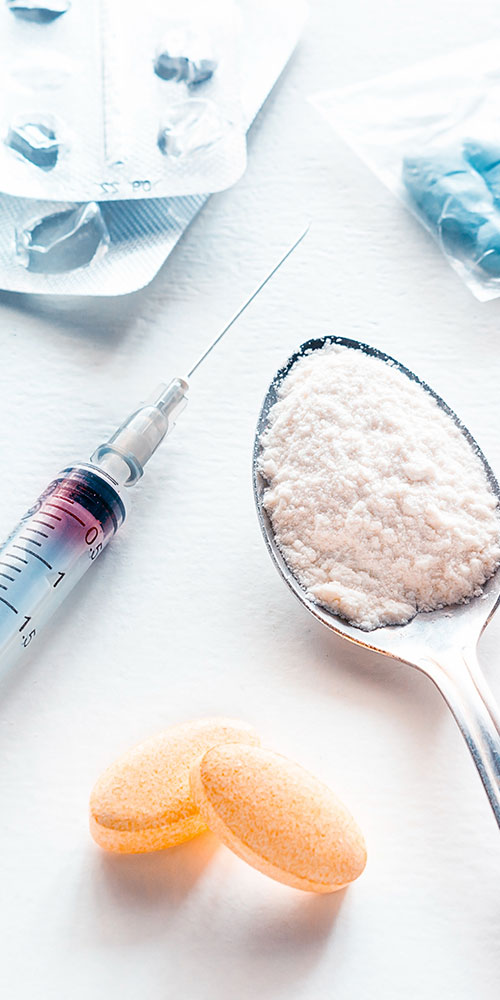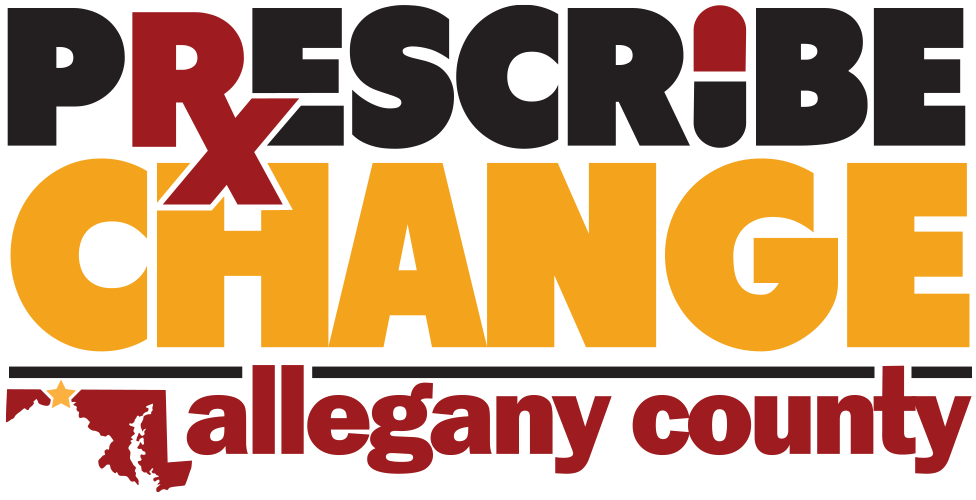Suspect Addiction or Substance Use? Get Help Now!
XYLAZINE
WHAT IS XYLAZINE?
Xylazine, which some may refer to as “tranq,” is being mixed with street drugs and a person may not even be aware.
Xylazine is not an opioid. It is a very strong sedative used in veterinary medicine. It is not approved for use in humans. (Opioids are a group of drugs that include heroin and prescription medications like oxycodone, hydrocodone, morphine, fentanyl, and methadone.)
Xylazine is being added to street drugs and is often found in combination with fentanyl (a powerful synthetic opioid). It has increasingly been detected in overdose deaths.
Xylazine may be added to street drugs, at least in part, to extend the effects of fentanyl. Not everyone who uses fentanyl is intentionally seeking out xylazine. In some cases, people are not aware that xylazine is in the drugs they are buying and using.
The main effect of xylazine is heavy sedation, so the person who has overdosed will likely be unresponsive. When xylazine is found in combination with fentanyl, the signs and symptoms can include blue/grayish skin and slowed breathing and heart rate.
ORIGINS
Xylazine (also called “tranq” or “tranq dope”) is a non-opioid sedative or tranquilizer. Although not a controlled substance in the United States, xylazine is not approved for use in people.
HEALTH RISKS
When used in people, xylazine can cause (FDA Nov alert):
- sedation
- difficulty breathing
- dangerously low blood pressure
- slowed heart rate
- wounds that can become infected
- severe withdrawal symptoms
- death
HOW ARE PEOPLE EXPOSED TO XYLAZINE?
Illegal drugs such as cocaine, heroin, and fentanyl can be mixed with xylazine, either to enhance drug effects or increase street value by increasing their weight. People who use illegal drugs may not be aware of the presence of xylazine. DEA has seized xylazine and fentanyl mixtures in 48 of 50 states, and the DEA laboratory system reported that approximately 23% of fentanyl powder and 7% of fentanyl pills seized by the DEA in 2022 contained xylazine. Xylazine is usually injected, although it can be swallowed or sniffed.
NALOXONE
Naloxone should be given in response to any suspected drug overdose to reverse any possible opioid effects. Naloxone will not reverse the effects of xylazine. However, because xylazine is often used with opioids like fentanyl, naloxone should still be given. It’s important to call 911 for additional medical treatment, especially since the effects of xylazine may continue after naloxone is given.
What should be done for someone with signs and symptoms of a possible opioid overdose or an overdose involving opioids and xylazine?
Call 911. Stay with the person until first responders arrive. Overdose is a medical emergency. First responders can assess the situation and provide treatment.
- Good Samaritan laws are in place in most states to protect those who are overdosing and anyone assisting them in an emergency from arrest, charges, or a combination of these.
- Give naloxone. Naloxone can reverse the effect of any opioids and will not cause harm if opioids are not involved in an overdose. However, because naloxone will not address the impact of xylazine on breathing, effects of xylazine may continue after naloxone is given.
- Give rescue breaths. First responders have reported that rescue breaths are especially helpful for people who have used xylazine because it causes breathing to slow down. To give rescue breaths to adults, make sure the person’s airway is clear; place one hand on the person’s chin, tilt the head back, and pinch the nose closed. Place your mouth over the person’s mouth to make a seal and give two slow breaths. Watch for the person’s chest (but not the stomach) to rise and follow up with one breath every 5 seconds.
_____________________________
LEARN MORE

